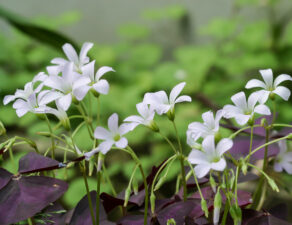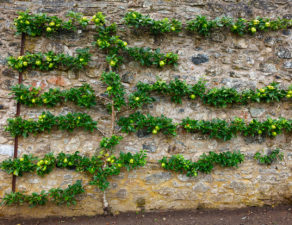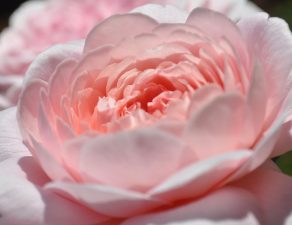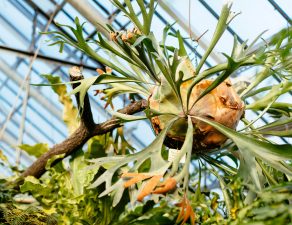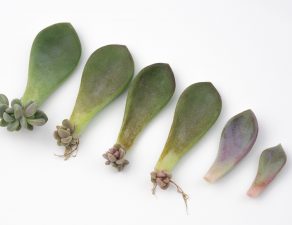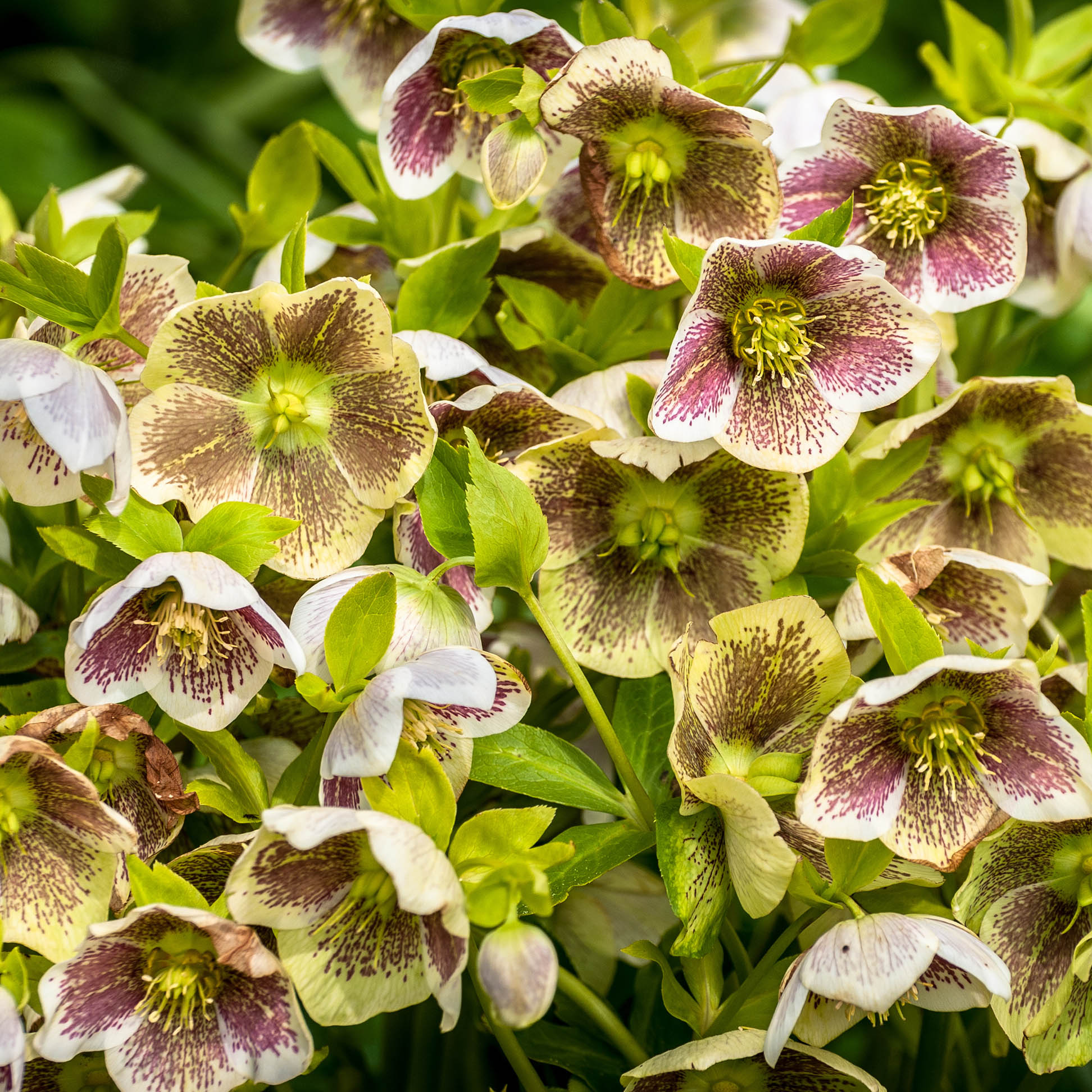
If you’ve ever observed lenten roses – or hellebores, as they are also called – you might have reached the conclusion that these lovely flowers are a delicate and fussy species. After all, their exotic appearance certainly gives off that impression! In reality, lenten roses are hardy (even in colder climates), easy to grow, almost maintenance-free, and prone to few pest problems.
Best of all, lenten roses add gorgeous color and a unique flair to late winter gardens! Once they’re finished flowering in early spring, they lend an interesting and functional groundcover to the garden as warm-season blooms take over.
Choosing a lenten rose. All varieties of lenten rose are about equal as far as requirements, so you can choose one that matches your color and aesthetic preferences. Blooms range in color from white and light pink, to dark pink, green, purple, gray and black. Some varieties also include striped or spotted multicolor blooms. As for the foliage, it may turn bright chartreuse to deep gold, depending upon the variety you choose.
Planting lenten roses. November is the perfect time to plant seedlings in order to reduce your wait time. Lenten roses prefer partial shade, when possible, so choose a spot underneath trees or taller shrubs, or plant your lenten roses alongside a wall. Well drained, slightly alkaline soil is best.
Caring for your lenten roses. This species is relatively low maintenance and shouldn’t attract many pests or diseases. Most of the time, all you need to do is clean out any dead leaves after flowers appear. In the spring, when the plants have stopped blooming, add a fertilizer and relocate seedlings that might have appeared.
Since lenten roses vary significantly in appearance, you might prefer to view established plants in magazines or online. Choose the ones that appeal to you, and we can offer more input on giving your lenten roses a good start in your garden.


